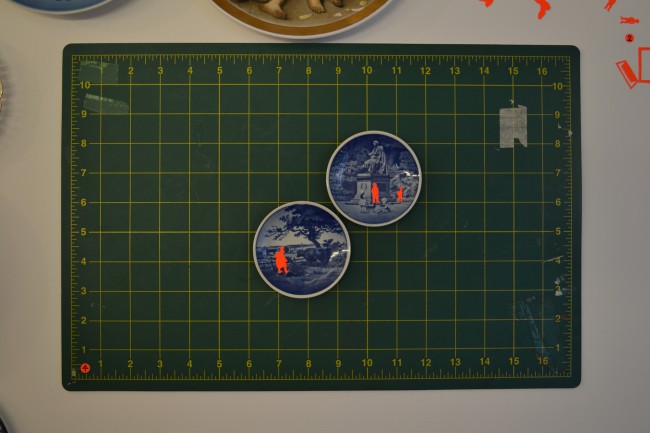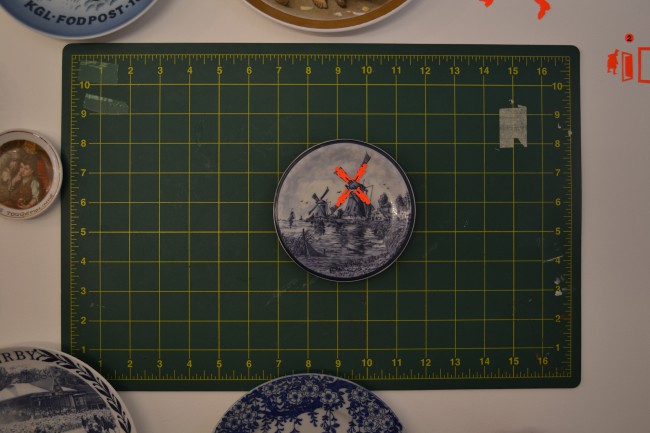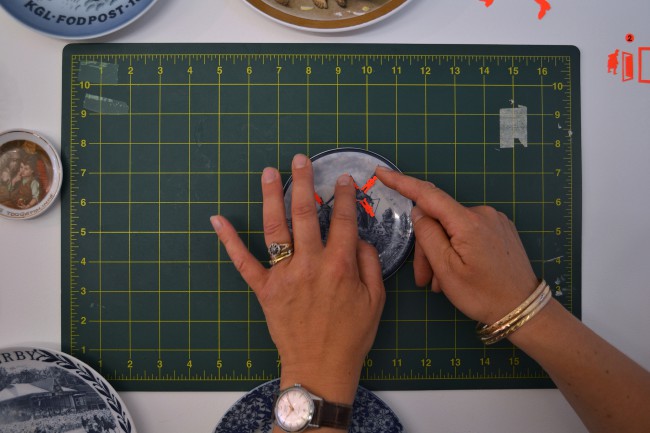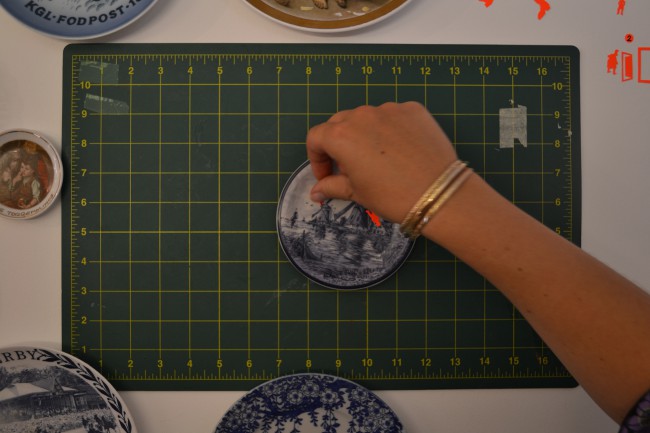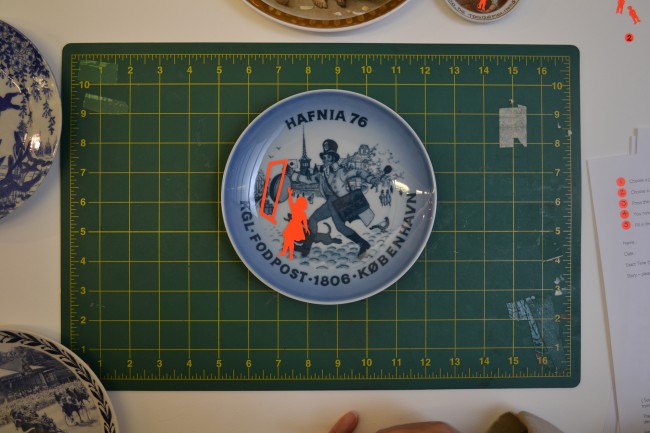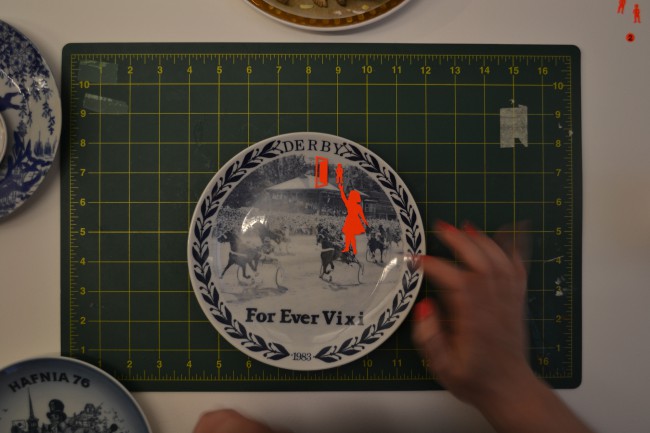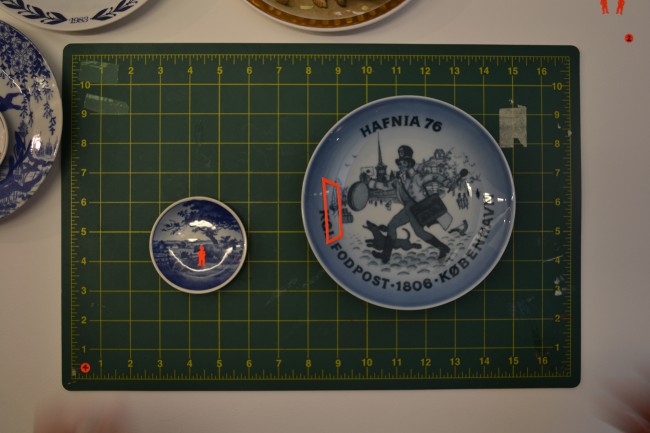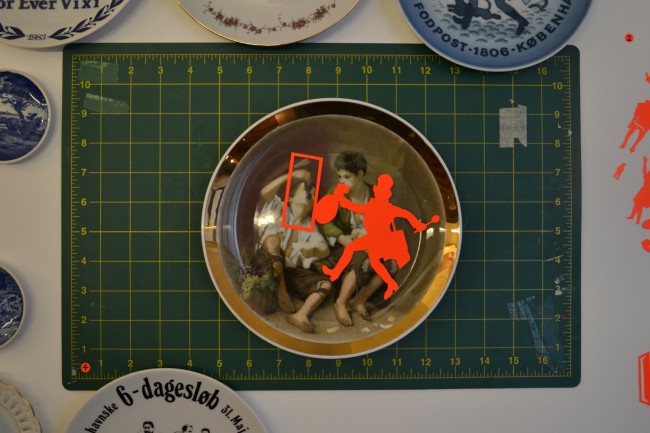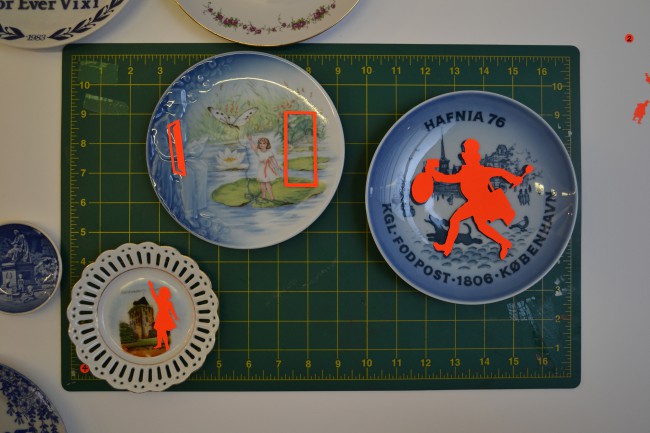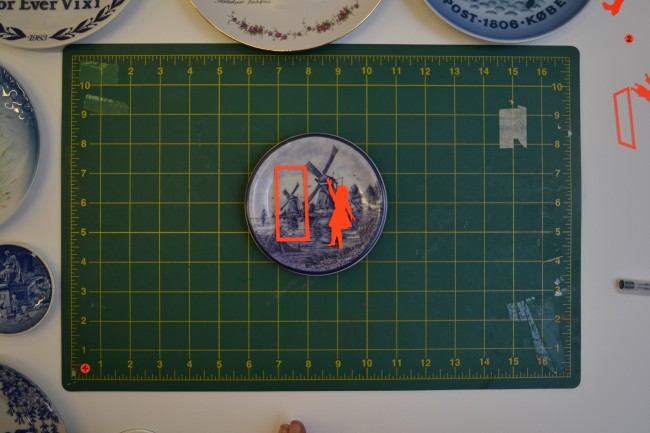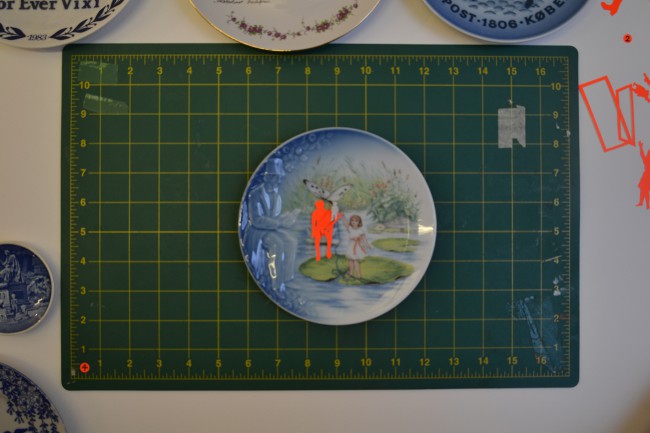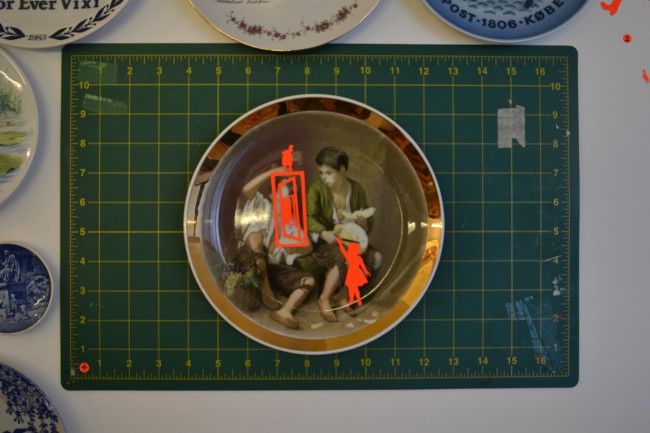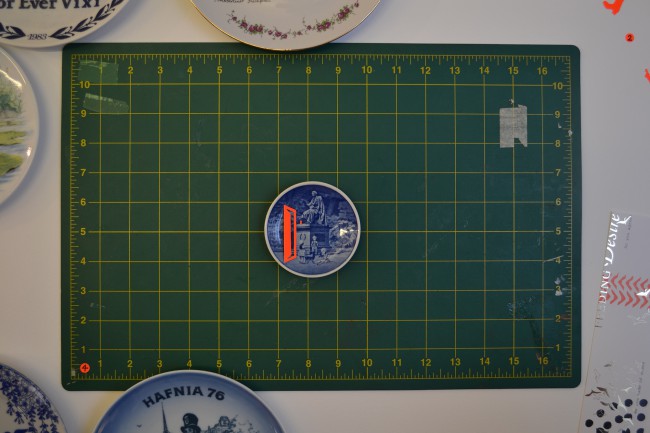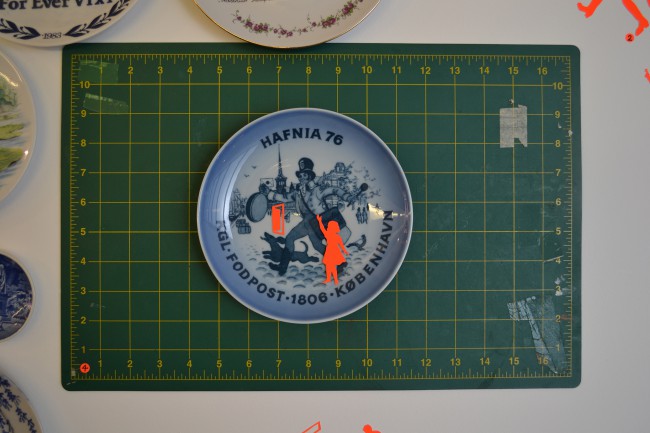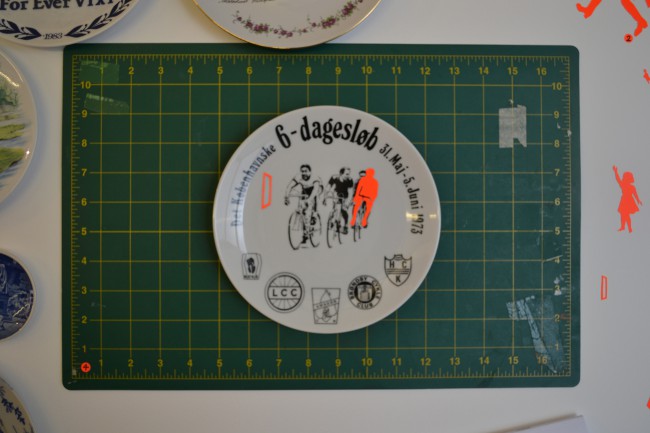The Plate Experiment
A series of artefacts, events, reflections and writings developed over a 4 year period investigating the potential of everyday ceramic items to connect people through narrative.
The concept for the work developed from the way of designing a piece of finished ceramic work that I would normally exhibit. I was interested in exposing this process; initially, the thought was to allow the visitor to understand the process of creating a work, the papercutting, laying out of designs, changes, transfer cutting, application, firing, more layers, more firing, etc. But through the breakdown of this process it became apparent that there was a window of opportunity for me to open up this process and allow ‘others’ in. I am interested in collaboration and in the role others have in the formation of ourselves – the work that others ‘do’ in us.
Through opening up this process, I wondered, is there a way to incorporate other stories, other perspectives, into my work in a more direct manner? And is there a way to acknowledge this authorship?
I create ceramic works, using found objects, everyday ceramic items, which I add to – normally in the form of transfers – or remove from – in the form of waterjet cut patterns/text. Each of these draws influence from my experiences in the world, it may be a series of pieces made in response to one event, or a series of pieces about individuals that are somehow connected, often through location, family or work. But it is my interpretation alone, although I may have discussions with others, the layout, the story, the narrative, comes from me. Through the commissioning process, I am starkly aware of the increase in value of the final piece to an individual if they are somehow connected to or involved in the creative process, the story, the input, but this is an exclusive process, held solely for those that can afford to commission a one off piece of work. This experiment therefore, was an attempt on my part to engage visitors to an exposition in the work, both as viewer, but also as participant. It was also to explore the variety of stories that visitors could/would create given a consistent set of tools.
The most interesting ‘results’ for me were of course the stories and images created by the participants. People seemed genuinely excited to participate; there was a queue of 4 people waiting at one stage during the opening. Many of the stories seem to be very personal, poignant and many refer to people who have passed away. The reference to other worlds comes up frequently, and many are running away from something (or trying to) in one world, trying to escape to another.
However, many people couldn’t remember the story they wrote afterwards. It was a fleeting, spontaneous, heartfelt response to the items presented at the event.
I am encouraged by the enthusiasm and interest shown by the visitors, that I am working with something of value. There is something in this process, something intangible at the moment, perhaps unsayable, that allows people to open up, to become storytellers. I think that this experiment is one way of incorporating other stories and other perspectives within the work that I produce, and acknowledging the multi authored nature of the work at the same time. What needs further investigation is the intangible nature of the process that allows people to become storytellers, and to fully explore the potential for these stories.

